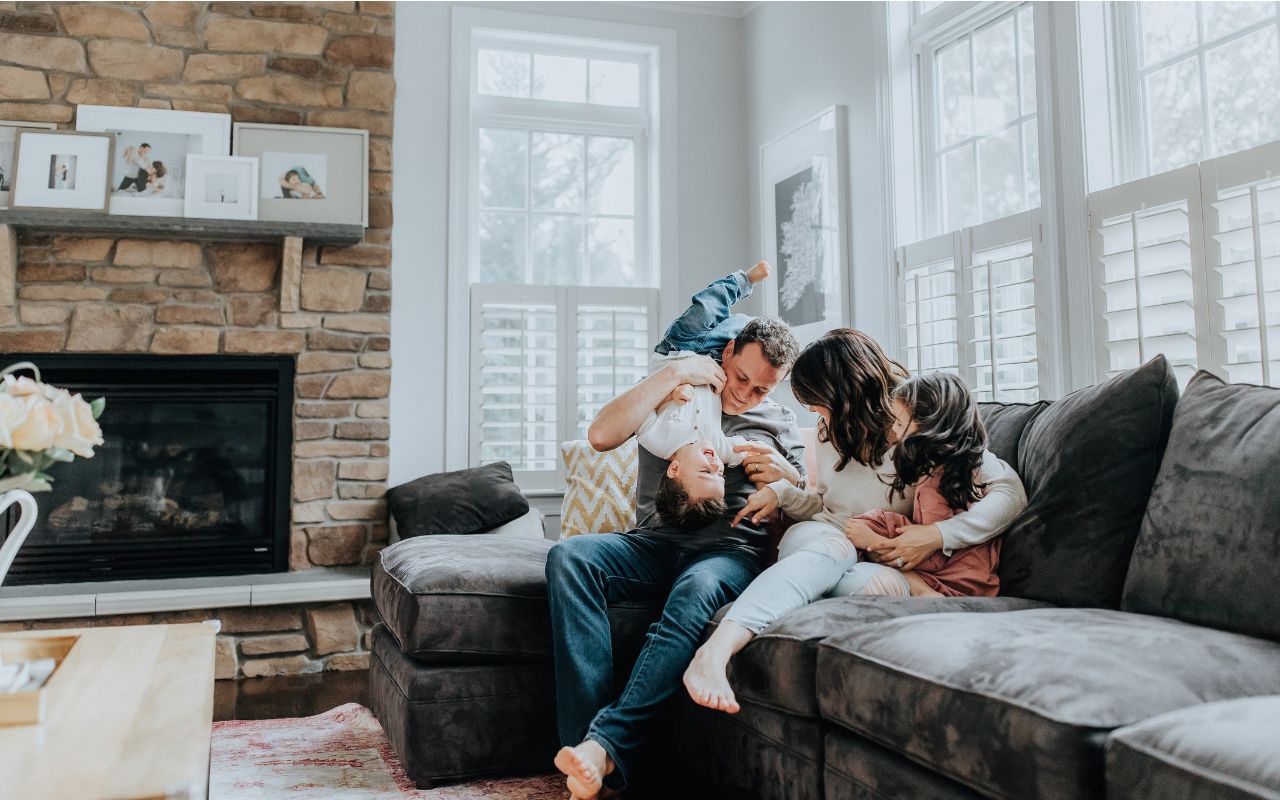Owner Occupied Loans

As the term suggests, an Owner-Occupied Loan is a loan you take to purchase a property you intend to reside in long term. This means that you will be responsible for the mortgage and will not be collecting rent or any form of profit from owning the property.
Where To Start?
Application Process:
The borrower applies for a home loan from a bank, credit union, or other financial institution. The lender assesses the borrower's financial situation, credit history, and the property being purchased to determine eligibility and loan terms.
Loan Approval
If the borrower meets the lender's criteria, the loan is approved, and the borrower receives a loan offer outlining the terms and conditions, including the loan amount, interest rate, repayment schedule, and any fees or charges.
Property Purchase:
Once the loan is approved, the borrower proceeds with purchasing the property. This may involve engaging a conveyancer or solicitor to handle the legal aspects of the transaction, such as conducting property searches, preparing contracts, and facilitating the settlement process.
Loan Settlement:
On the settlement date, the lender provides the funds to complete the purchase of the property. The borrower becomes the legal owner of the property, and the lender registers a mortgage over the property as security for the loan.
Repayment:
The borrower is required to make regular repayments to the lender according to the agreed-upon schedule. Repayments typically include both principal and interest and can be made weekly, fortnightly, or monthly, depending on the loan agreement.
Interest Rate:
The interest rate on an owner-occupied loan may be fixed or variable. Fixed-rate loans have a set interest rate for a specified period, providing certainty of repayments, while variable-rate loans have an interest rate that can fluctuate over time in line with market conditions.
Loan Features
Owner-occupied loans may offer various features and options, such as redraw facilities, offset accounts, and the ability to make extra repayments. These features can help borrowers manage their loan more effectively and potentially save on interest costs.
Government Incentives:
First home buyers may be eligible for government incentives such as the First Home Owner Grant (FHOG) or the First Home Loan Deposit Scheme (FHLDS), which can assist with the purchase of their first home.
Loan Repayment Term
Owner-occupied loans typically have a loan term of 25 to 30 years, although shorter terms are also available. Borrowers can choose to repay the loan sooner by making additional repayments or refinancing to a shorter-term loan.
Additionally, when it comes to choosing a home loan, there are many factors to consider on top of interest rates. Having the right facilities could save you financial margins in the long run, so it's worth understanding what's available in the market and the benefits offered by different loan features.
